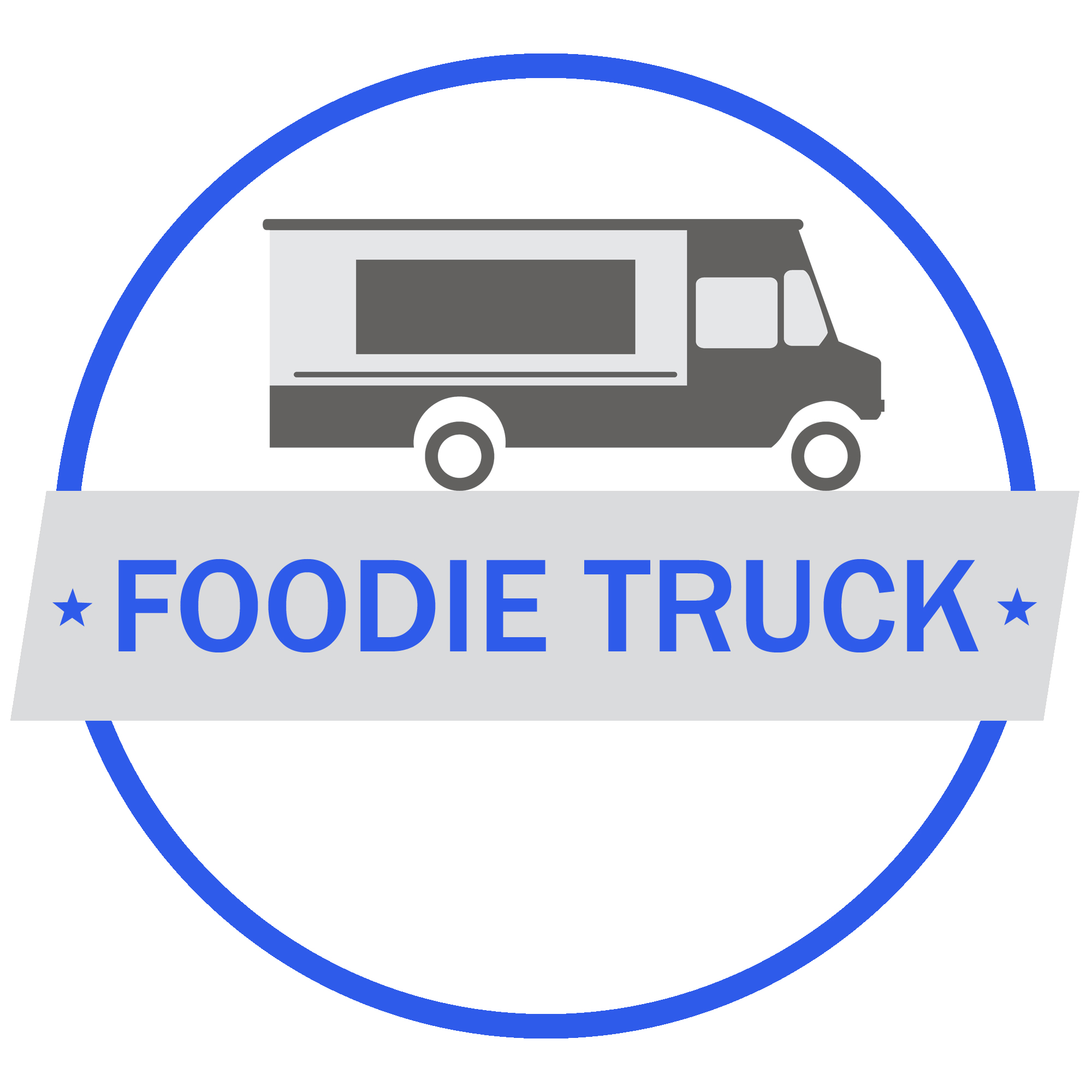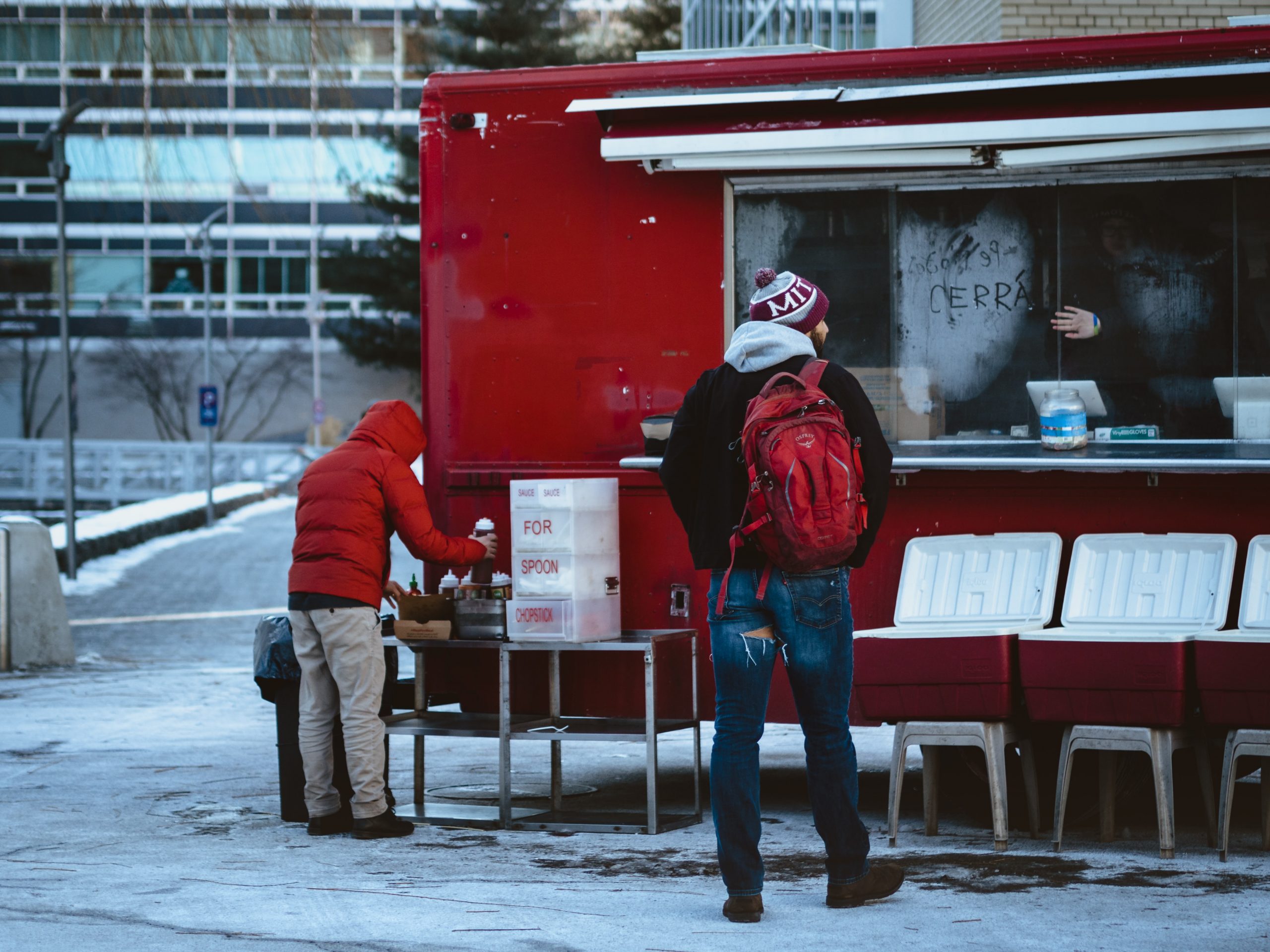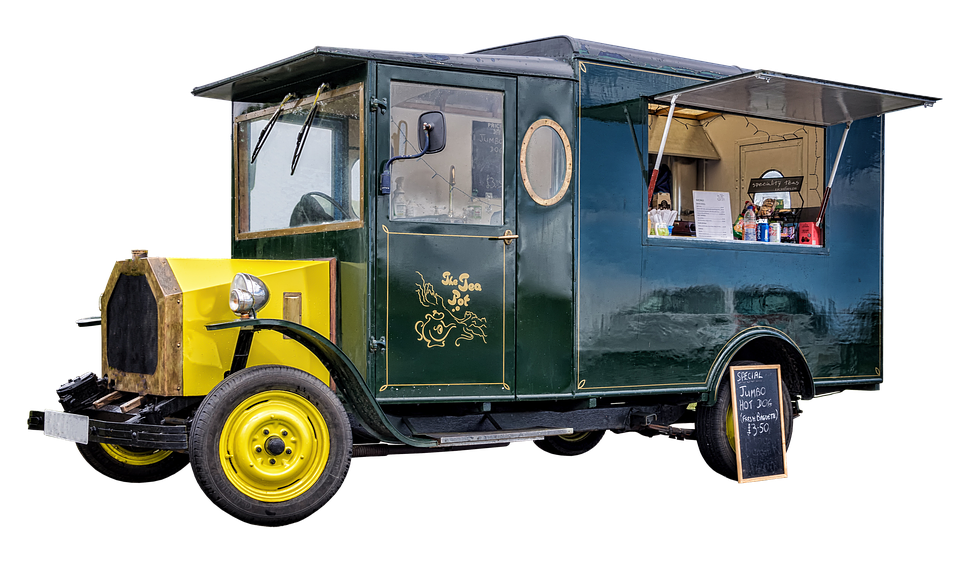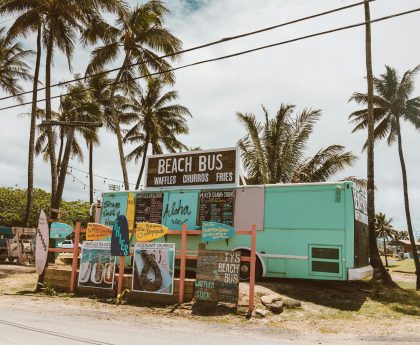In an era where convenience is king, the food truck industry is not left behind. Gone are the days when food trucks were just about quick bites at the corner of the street. Today, these mobile kitchens are turning to digital solutions like the My Foodie Truck app to transform their operations and customer interactions. This post delves into how digital menus and online orders are reshaping the food truck experience for owners and patrons alike.
Technology in Motion: Streamlining Operations and Enhancing Customer Experience
The adoption of digital technologies in food trucks is more than just a trend; it’s a significant evolution in the food service industry. By integrating digital menus and order systems, food trucks are experiencing a host of operational benefits that enhance efficiency and customer satisfaction.
Reduced Wait Times: One of the most immediate benefits of digital ordering systems is the reduction in wait times. Customers can place orders directly from their smartphones, which means they spend less time standing in line and more time enjoying their meals. For the food truck operators, this translates to faster order processing and increased throughput, especially during peak hours.
Streamlined Operations: Digital menus and orders help streamline the day-to-day operations of a food truck. Changes to the menu can be updated in real-time, ensuring that customers always have access to the latest offerings and prices. This flexibility is crucial for food trucks that often need to adjust their menus based on inventory and customer preferences.
Improved Order Accuracy: With digital orders, the chances of errors are significantly reduced. Customers can specify their orders with all their preferences and special requests, leading to a better service experience and reduced food waste.
Spotlight on Innovators: Food Truck Owners Leading the Charge
Many food truck owners are embracing these digital tools, finding innovative ways to blend traditional food service with modern technology. Here are a few pioneers who have successfully integrated digital solutions into their operations:
Chef Laura’s Street Eats: Chef Laura converted her entire ordering process to digital after implementing the My Foodie Truck app. Her menu is now available online, and she accepts orders via the app, which has doubled her sales and significantly improved customer feedback due to the ease of use.
BBQ on Wheels: This popular barbecue truck uses a digital menu board and online ordering system to manage its large crowds, especially during food festivals. The owner, Jim, noted that the ability to pre-order has made it possible to serve a more extensive customer base more efficiently.
Vegan Delights: Specializing in plant-based cuisine, Vegan Delights uses AI-driven analytics from their digital ordering system to understand customer preferences and seasonally adjust their menu. This approach has not only increased customer loyalty but also optimized their inventory management.
Future Trends: The Road Ahead for Food Truck Technology
As technology evolves, so too will the ways in which food trucks use digital solutions to enhance their operations and customer interactions. Here are some future trends that are starting to take shape:
AI-Driven Personalization: The future of food truck menus may involve AI technologies that can recommend dishes based on a customer’s previous orders and dietary preferences. This level of personalization will not only improve the customer experience but also help food trucks to stand out in a competitive market.
Integrated Payment Solutions: As digital wallets and contactless payments become more prevalent, food trucks are likely to adopt more integrated payment solutions that offer speed and security. This could include everything from mobile payments to cryptocurrency acceptance.
Dynamic Pricing: Utilizing data analytics, food trucks might implement dynamic pricing strategies where the prices of dishes could vary based on demand, availability, and even weather conditions.
Sustainability Tracking: More food trucks might use technology to track and showcase their sustainability efforts, such as their carbon footprint and waste reduction statistics, appealing to eco-conscious consumers.
The integration of digital menus and orders is proving to be a game-changer in the food truck industry. By embracing these technologies, food trucks are not only enhancing their operational efficiency but are also providing a richer, more engaging customer experience. As we look to the future, it is clear that the intersection of food service and technology will continue to evolve, driving the industry forward in exciting and innovative ways. Food trucks that stay ahead of these technological curves are likely to thrive, continuing to delight their patrons with great food and even greater service.




